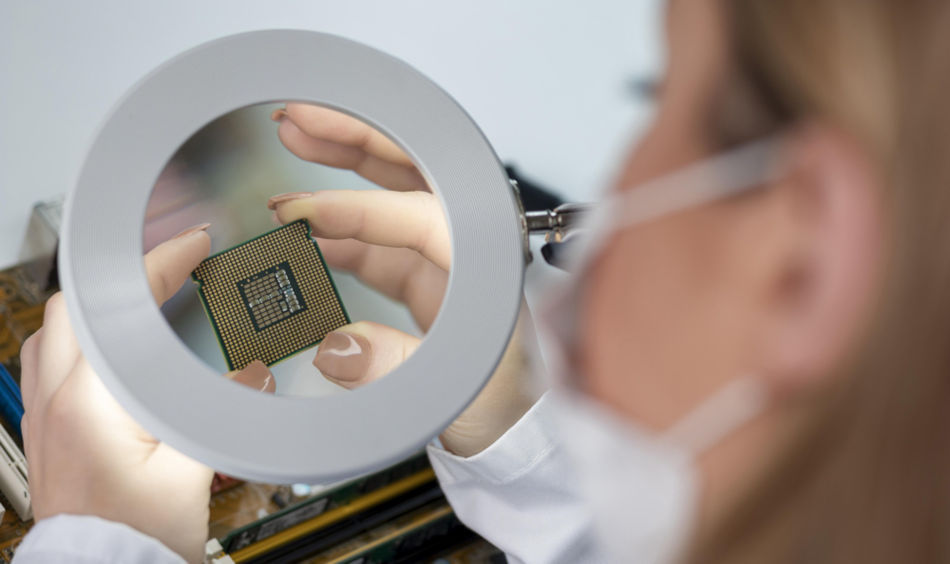
The Race for Chips: China’s Advancements Amidst U.S. Sanctions
China’s Semiconductor Giant SMIC Navigates Challenges and Costs in Pursuit of Technological Self-Sufficiency
FEATURED News February 13, 2024 Reading time: 2 Minute(s)
In the realm of global technological competition, China's semiconductor industry has been a focal point, particularly amidst U.S. sanctions aimed at curbing its progress. Despite these hurdles, Semiconductor Manufacturing International Corporation (SMIC), China's leading chipmaker, has made notable strides in manufacturing advanced chips in recent months.

One significant development was the production of 7 nanometer chips for Huawei's Mate 60 smartphone, showcasing SMIC's capability to operate at a level deemed highly advanced in the semiconductor landscape. However, recent reports suggest an even more ambitious endeavor by SMIC—venturing into the production of 5 nanometer chips for Huawei, further solidifying its position in the global semiconductor market.
The journey hasn't been without challenges. U.S. sanctions, including being placed on the Entity List and tightened restrictions on technology exports, have restricted SMIC's access to crucial foreign technologies essential for manufacturing cutting-edge chips. The pressure exerted on other countries, notably the Netherlands, to impose similar restrictions has further compounded the situation.
The Dutch restrictions, particularly on the export of advanced semiconductor manufacturing equipment such as ASML's EUV lithography machines, have raised doubts about SMIC's ability to produce chips below the 7 nanometer threshold. However, insights suggest that SMIC might be leveraging existing equipment, including older chipmaking tools, to achieve these advancements.
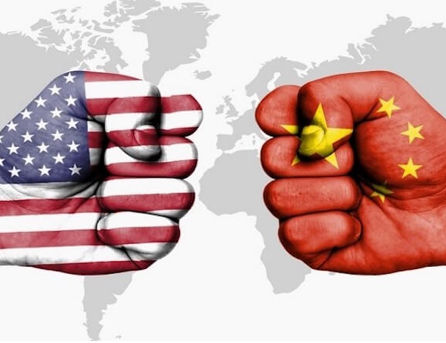
While this approach allows for progress, it presents significant challenges. Firstly, using older equipment incurs higher production costs compared to utilizing more advanced machinery. Secondly, it affects the yield—the number of usable chips produced—which is lower with older equipment. Reports indicate that SMIC has had to charge a premium of 40% to 50% for products from its 5 nanometer and 7 nanometer production processes compared to competitors like TSMC.
SMIC's advancements in chip manufacturing amidst U.S. sanctions exemplify China's determination to achieve technological autonomy. However, the journey ahead is riddled with hurdles, particularly in managing costs and accessing crucial technologies.
COVER IMAGE BY FREEPIK
*Our pages may contain affiliate links. If you buy something via one of our affiliate links, Review Space may earn a commission. Thanks for your support!
CATEGORIES




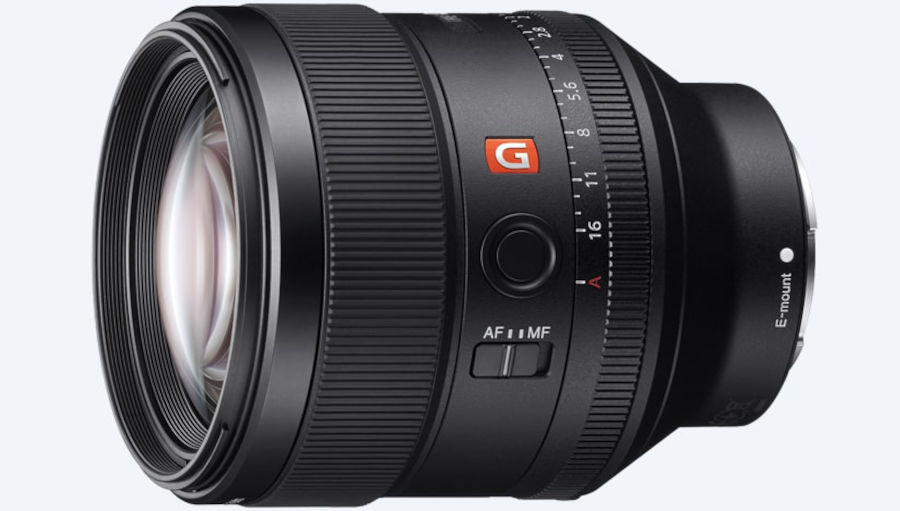














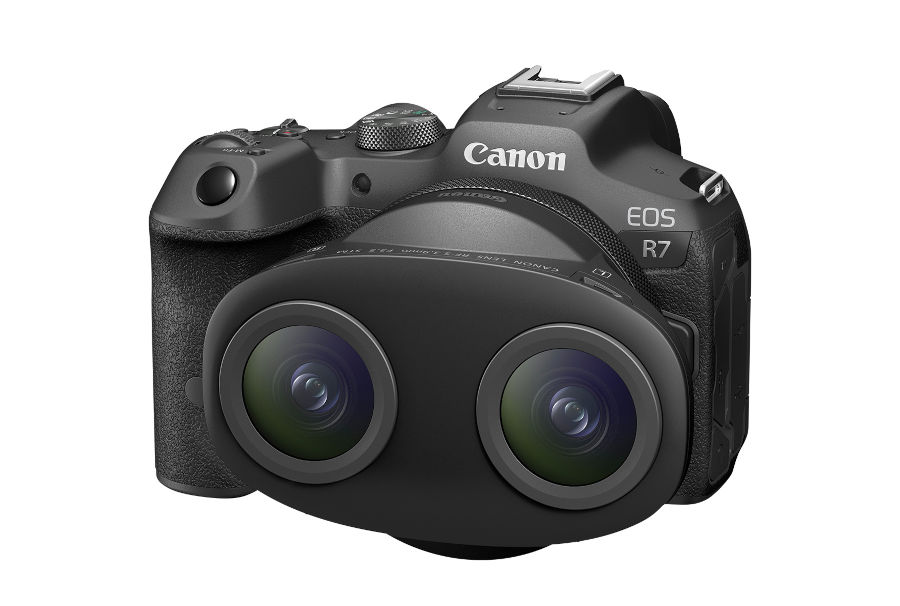
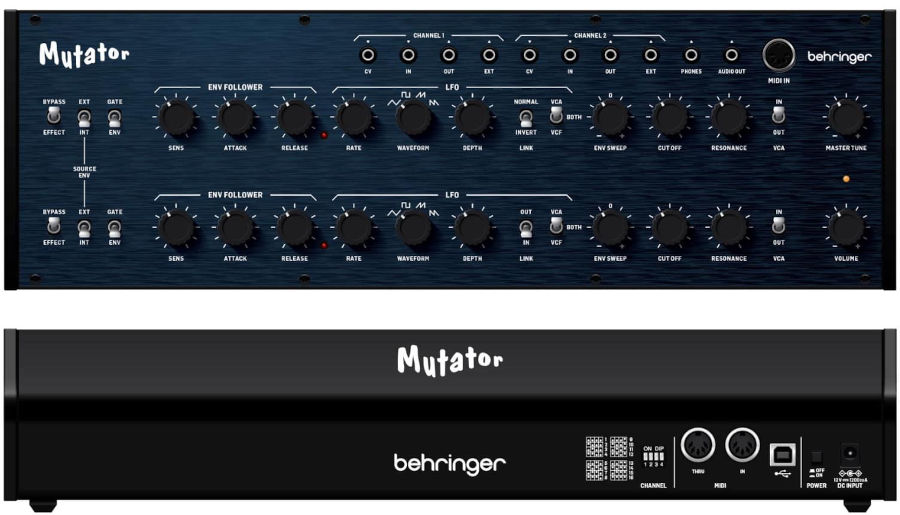




COMMENTS